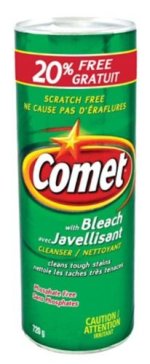Well, I had a moment of weakness and brought home another three seat Royalex Dagger Reflection 15 project this week, in Midnight Blue this time. It is badly sun faded and has a number of spots of mostly dried pine sap on the hull exterior I need to remove before attending to the faded surface. Most of it scraped off with the sharp edge of a narrow trowel so there's not much left to remove. I seem to remember reading that some solvents can damage Royalex so I'm a little leery of just digging into the big flammable cabinet and lining up gallon cans of acetone, paint thinner, MEK, turpentine etc and going to work to see what will remove the sap. I've also seen things about mayonnaise, hand cleaner, eye of newt and wing of bat.
Any advice would be welcome.
Thanks and best regards,
Lance
Any advice would be welcome.
Thanks and best regards,
Lance

